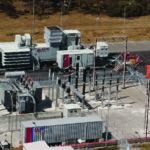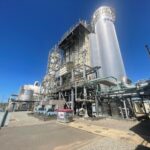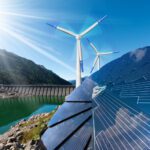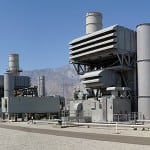Many countries are integrating renewable energy sources to their power grids. While this is a much-needed transition toward cleaner energy, grid operators and utility providers must be prepared to address stability concerns caused by the intermittent nature of wind, solar, and hydropower.
To proactively overcome the challenges caused by the fast adoption of renewables, it is imperative that backup power generation—an “insurance policy”—to secure and stabilize grids be in place and ready to be switched on promptly when the wind is not blowing, the sun is not shining, or the water is not flowing at regular levels.
The challenges presented by intermittent renewables are evident. Countries that rely on hydropower such as South Africa, Malawi, and Colombia are often exposed to severe drought conditions. When it comes to heavy reliance on wind power, some regions in Europe have periods of calm weather that can cause load shedding and rolling blackouts.
Earlier this year, Belgium had to navigate through planned closures of several nuclear reactors when weather forecasts called for a stretch of days with no wind. In some cases, the dip in energy supplied by renewables is also compounded by the reduction of imported power. The result of these separate, yet interconnected, issues can lead to a period of significant grid instability.
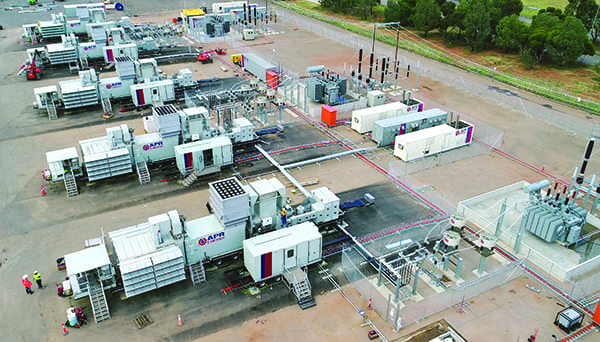 |
|
1. The fast-start capability of mobile gas turbines enables this plant in Edinburgh, South Australia, to rapidly inject power into the grid, and provide frequency and voltage support. Courtesy: APR Energy |
Even Australia, at the forefront of adopting renewables, has to find flexible power solutions to maintain a stable grid due to intermittent wind power, especially when combined with other extreme weather fluctuations. In January 2019, when South Australia experienced a heat wave, temperatures reached a record of 46C (115F) and caused power demand to skyrocket. Thankfully, the local grid already had an insurance policy in place: a temporary power solution of mobile gas turbines (Figure 1) from APR Energy installed at Edinburgh, South Australia, a suburb of Adelaide. The turbines’ ability to ramp up to maximum output in less than 10 minutes meant the South Australian grid could quickly react to the heightened demand brought on by the heat wave, and ensured the grid remained stable during peak hours.
Investing in a program to secure grid stability seems an obvious choice, but serious issues can arise if action is not taken until after a crisis. Proactive implementation of a stabilizing power solution will become more imperative as countries address the issue of aging infrastructure. As grid operators, utility providers, and government agencies develop long-term plans to replace or optimize infrastructure—and integrate renewables—now is the time to consider what power generation solution is needed to provide ongoing grid reliability and security.
Because renewables are intermittent in nature, it is difficult for a grid to predict exactly how wind, solar, or hydropower may perform over the next several years. Technology is advancing at a rapid rate, making it more difficult to feel confident in committing to long-term infrastructure developments. A quality insurance policy for grid stability is one that provides the flexibility to switch technologies in the short- to medium-term, and does not require a large capital investment.
Speed, Scalability, and Versatility
Power solutions with mobile gas turbines are scalable and can be installed with the speed needed to future-proof grid stability. Companies that specialize in gas turbines have become creative in how they deliver their technology, with many service providers developing solutions based on turnkey, modular approaches that grid operators can build on over time. In addition, the latest generation turbine technology can ramp up to maximum output in as little as 10 minutes once installed, which minimizes the risk of an unstable grid when energy supplies from renewable sources are interrupted.
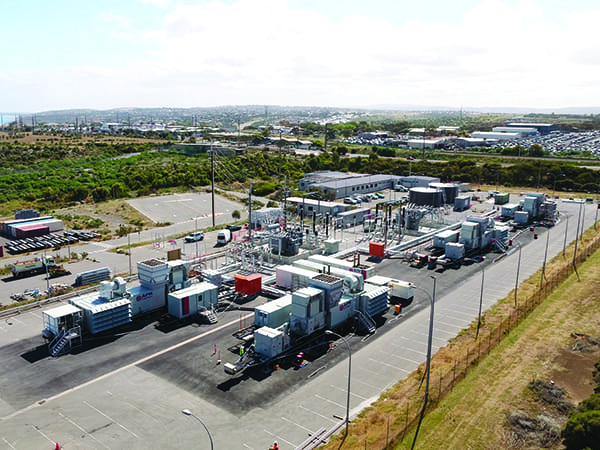 |
|
2. These mobile gas turbines in Lonsdale, South Australia, help maintain grid stability while producing significantly lower emissions compared to diesel-powered reciprocating engines. Courtesy: APR Energy |
Fuel is one of the most important factors that should be considered when selecting a reliable power solution. Rather than depending on the cyclical cost and availability of diesel fuel required by traditional reciprocating engines, today’s turbine technology offers the flexibility of using other fuels, such as natural gas (Figure 2). In addition to fuel flexibility, the newest mobile gas turbines run much cooler than older technology, providing significant cost savings over time.
Efficiency and Emissions
One of the main reasons that countries are ultimately adopting renewables is to curb emissions, so a backup power generation solution should follow that mandate. Along with being able to switch seamlessly between diesel, and natural gas and other cleaner-burning fuels, mobile gas turbines produce a significantly reduced level of emissions compared to traditional reciprocating engines. In some cases, today’s turbine technology produces up to 90% less nitrogen oxide and generates about 20% less noise than typical high-speed diesel engines.
As power generation equipment ages and approaches its operational limits, countries are in a prime position to incorporate more renewables into their energy supplies as they upgrade existing grid infrastructure. The importance of supporting these plans with reliable backup power generation that will ensure grid stability cannot be overstated.
—Charles Ferry is the CEO of APR Energy, a Jacksonville, Florida-based provider of specialized power solutions.







